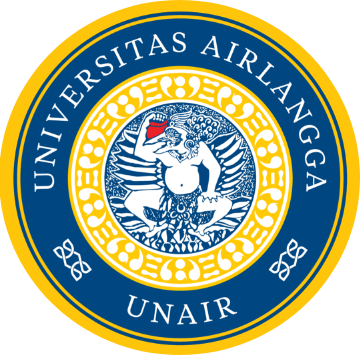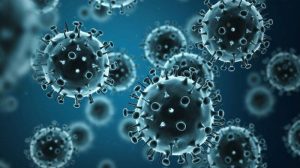Since the covenant on the Agreement on Trade-Related Aspects of Intellectual Property Rights (TRIPs Agreement) in 1994, Intellectual Property Rights (IPR) have been introduced into the international trading system, including Indonesia (Silfiani, 2022: 11). The existence Diana Silfiani, “Song and Music Information of Law Number 7 of 1994 concerning Ratification of the Agreement Establishment of the World Trade Organization obligates the Indonesian government to incorporate the TRIPs Agreement’s provisions into its national legislation (Roisah, 2015: 433).
Problem Formulations Discourse on this issue conveys several problems that this article will respond to 1. What are the problems with the legal protection for trade secrets in Indonesia based on Law Number 30 of 2000 concerning Trade Secrets? 2. What is the formulation of legal protection for trade secrets in Indonesia over the potential disclosure of trade secrets under the reverse engineering pretext?
This section elucidates the problems of the legal protection of trade secrets under the ITS Law. This section instigates by reassessing trade secret protections in terms of text and context against potential trade secret disclosures. This section discusses the assessment of the ITS Law regulation on the practice reality of protecting trade secrets, particularly the potential for trade secret disclosure. In the next subsection, this study discusses the paradox of trade secret protection in the ITS Law on the potential for disclosing trade secrets. In this section, this study discusses the paradox of the trade secret protection regulation in the ITS Law, which has not been fully able to protect trade secrets against potential disclosure.
Ad Recte docendum oportet primum inquirere nomina, quia rerum cognitio a nominimbus rerum dependet, a profound classical legal postulate, states that understanding a legal concept must begin with a definition. On this basis, to comprehend the various forms of trade secret protection and infringement, it is necessary to first comprehend the definition of the trade secret. Referring to Article 1 point 1 of the ITS Law, “trade secrets” are defined as the knowledge that is not identified by the public on technology and/or business that has economic value, because it is useful for business activities and whose secrecy is protected by the owner of the trade secret. The scope of trade secret protection includes production methods, processing methods, sales methods, or other information in the field of technology and/ or business that has economic value and is unknown to the public. 23 Trade secrets can be protected by the ITS Law if they are classified as confidential information, have economic value, and are kept confidential through appropriate efforts.
There is no limitation to the extent to which reverse engineering of products resulting from the use of the Trade Secret of another person is justified by the ITS Law. This fact triggered a number of problems. The lack of these limitations on the extent to which reverse engineering of products resulting from the use of the Trade Secret of another person can be justified and said to be legally created a potential gap for the disclosure of trade secrets under the pretext of reverse engineering. There are two ways to improve the legal protection of trade secrets in Indonesia internally and externally. First, internally, the protection can be done by applying contractual principles. The second effort is the formulation of external protection, specifically by modifying the ITS Law. The change is made.
Author: Dr. Faizal Kurniawan, S.H., M.H., LL.M.
Details of the research can be viewed here:
https://ejournal.balitbangham.go.id/index.php/kebijakan/article/view/2550 Faizal Kurniawan, Moch. Marsa Taufiqurrohman and Xavier Nugraha (2022). Legal Protection of Trade Secrets Over The Potential Disposal of Trade Secrets Under The Re-Engineering Precautions, 16(2): 267-282; http://dx.doi.org/10.30641/kebijakan.2022.V16.%25p









